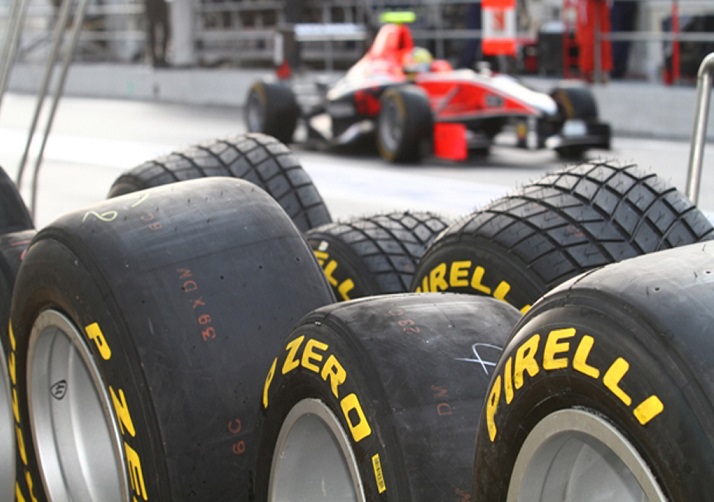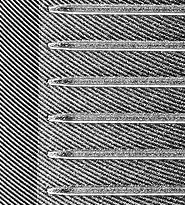Shortgame - Land the Plane
/Whenever you struggle with chipping and pitching you’re not making solid contact with the ball. The strike is off. This could take the shape of sticking the club in the ground or completely whiffing the ground. Landing the plane is an analogy I came up with many years ago that refers to how we should get the sole of the club to interact with the ground. There should be harmony. Watch….
A checklist to help you improve the quality of strike when wedging:
· Feet should be narrower rather than wider
· Weight should favor the front foot – slightly
· Keep your chest rotating through the strike
· Feel that you elevate slightly throughout the downswing
· Avoid trying to stay down
· Limit the hand and wrist action
One of the big no-no’s I see with golfers who struggle with the club to ground interaction is this over-riding objective to STAY DOWN. Stay away from it. It will wreck your ability to repeatedly land the sole of your wedge harmoniously on the ground through impact. So many of the world’s best wedgers actually lengthen the radius of the motion by elevating in some form or another.
Practice helps, but the correct concept is always the best starting point. Start with a few practice swings keeping the plane on the runway for as long as you can. Clip a few shots and then get to work on taking ownership of the motion.
Thanks for reading/watching and I sincerely hope this information in some way contributes to your enjoyment of this awesome game.











